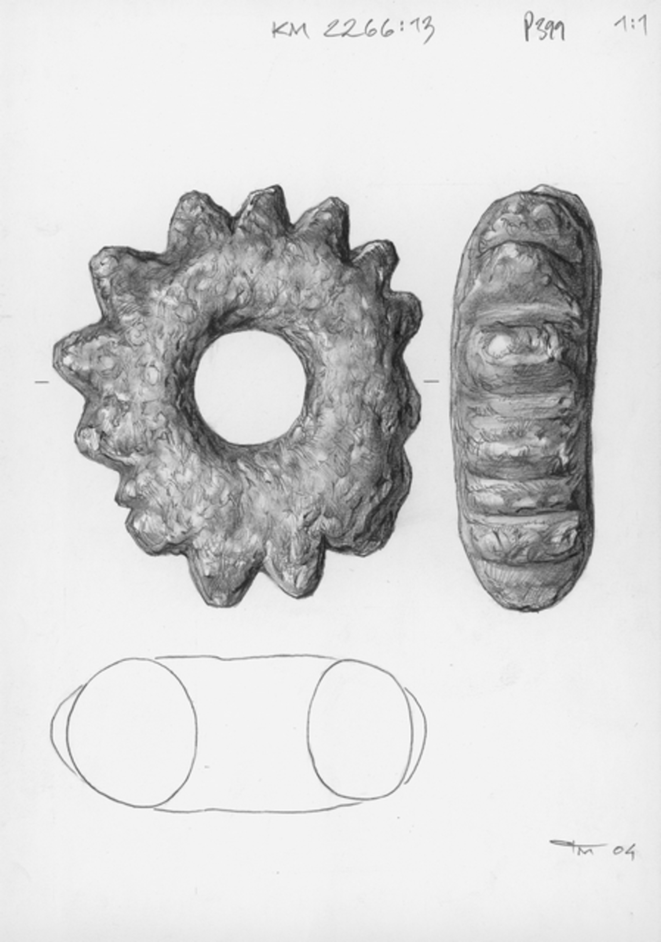The roots of an aspen can be thousands of years old. The individual tree is never as old as its ancient roots. The plant can remain underneath – out of sight – hidden – for decades and wait for better conditions to grow again. You can cut down the tree and build new things on top of the stump but eventually it will grow new trees. Its resilience is remarkable. Aspen grows in front of our family cottage in Kuusamo.
I have Sámi ancestors from Sámi people that are now considered to be extinct. My ancestors were forced to leave their homes, culture and knowledge in order to become Finns and survive the colonization of their lands. They started farming and to speak Finnish. They took last names and built houses. They were protected in their small farm on their old ancestral lands that the family had lived for generations as nomadic hunter gatherers. Because of this my family history is tied to the colonial history of Finland.
Becoming a Finn, trying to be as good of a Finn as the neighbor. Pronounce the words without a dialect. Which meant that the people would remain silent in order to hide their poor pronunciation and not reveal their background. The same happened to me when I moved from North to South Finland and at the age of 5 I understood that my dialect wasn’t appreciated by my new surroundings. I closed my mouth.
I haven’t been told the story of our ancestors by my living family, but it is pieced from historical documents, other people’s research and my own research. It is all glimpses to something that is gone. Fragments from which I try to make up a whole story or trace the history into something I can understand and relate to, maybe it is an image or a song or just feelings. None the less it is fragments pieced together and continually developing and emerging.
It is very difficult to try to understand indigenous people living in kota huts filled with smoke and earthen floors. Ancestors who hunted, fished and gathered their food from their surroundings, while I live in an apartment with central heating and laminate flooring and go hunt for food at the supermarket.
But I’m very happy that my grandfather chose to teach me to survive in the wilderness of Kuusamo and fish for my food. I was an eager student until I became a teenager and in my southern Finland home town got to know eco-activists who thought killing of animals was wrong. So I quit fishing. I'm currently trying to learn it again.
My grandfather was also the only person who has ever mentioned (as a joke) that we are of Sámi descent. Did he know that his parents and my grandmothers parents all were the offspring of the same Sámi family from the Kitka siida?
It has been essential to visit the places that my ancestors lived in order to understand the past. How these places look, hear, smell and speak, how they make me feel, what memories and feelings my body experience in these places – like the singing I heard at a pile of stones now covered in the undergrowth.
I am sorry my dear reader as I’m struggling with words and meanings: I’m new to this subject. I feel I have been pulled in this by accident. I am not well read on colonialism, indigenous peoples, lost cultures, collective traumas etc. I have no connection to the Sámi of today, I have only dead and living relatives, bits of DNA and maybe some fragments in my family’s habits that connect me to the ancestors. But for whatever reason, I today feel and hear the past ancestors wanting to resurface in some form – dead bones demanding atonement – troubled inheritance. Restless ghosts. Obsessive thoughts.
The aspen was dead but the roots survived hidden underground. And now it grows new saplings.
The discussion of the inheritance of the lost Sámi people is currently heated in Finland. And I have to declare that I do not consider myself a Sámi and at this point I don’t feel that I want to apply for the right to vote at the elections of the Sámi Parliament of Finland. But I have ancestors who were Sámi and others who weren’t. My heritage is both the oppressed and the oppressors - heritance inflamed by colonialism.

